
1 minute read
BULL BREEDERS
from 961
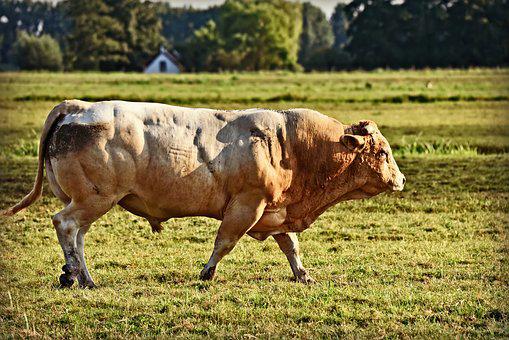
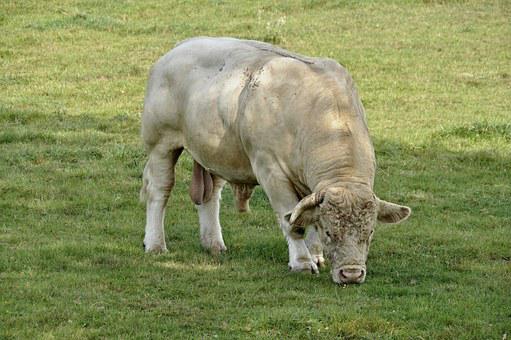
Advertisement
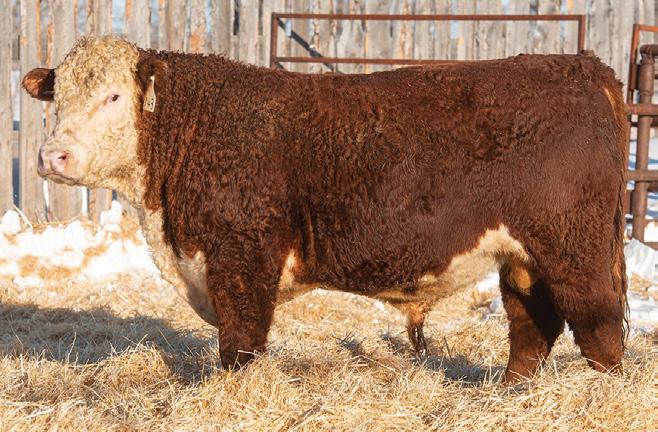
Continuted from page 9
Up-front investment includes a portable electric fencing system as well as a solar-powered water pump and shallow-buried pipeline water system. With the new water system, the potential extra weight gain on calves is assumed at 0.09 lb/day, assuming cattle had direct access to a dugout before.
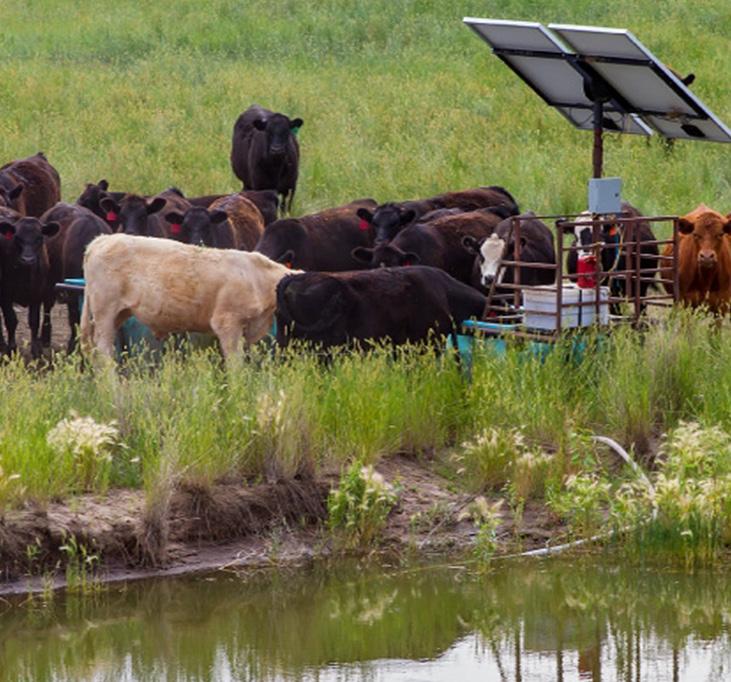
Assumptions on funding from OFCAF for each benchmark farm are customized based on programs by the associated delivery organization
The estimated net benefits of rotational grazing with a shallow buried water pipeline system were generally negative over the five-year period due to the high up-front cost. This was especially true for farms with large pasture areas that required larger investment in the water pipelines, as well as farms with a smaller herd size that increases cost per cow. Farm QC-7 saw positive net benefit with savings on purchased feed as a result of a shorter winter-feeding period.
When OFCAF funding is added to the scenario with a 70-85% reimbursement of eligible costs, up-front costs are reduced significantly, making the scenario feasible for four out of six farms.
If the new water system results in extra weight gain on calves, the stacked benefits of reduced feed costs and extra revenues from heavier weaning weights make the scenario profitable for most of the farms, except AB-11 where weaning weight shifts to a heavier category and results in a lower price per pound.
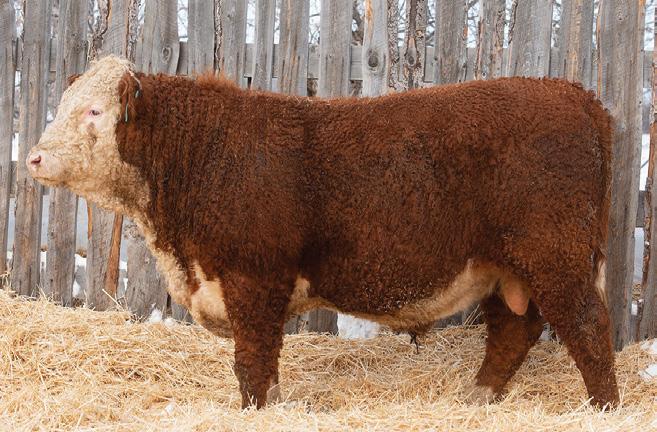

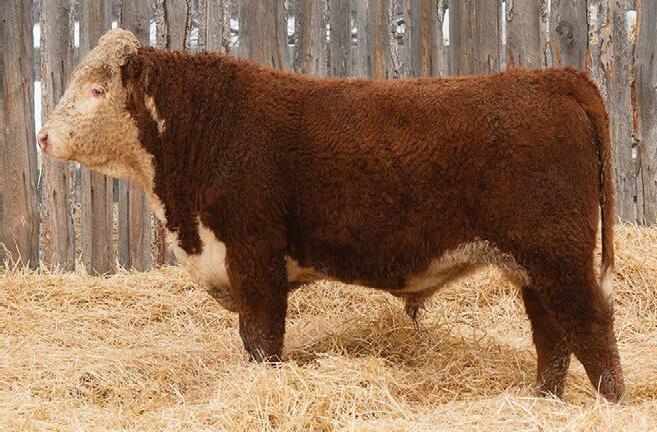
What Does It Mean?

From an economic standpoint, the feasibility of a rotational grazing system depends on the amount of up-front investment, herd size, potential cost savings and revenue gains as well as capital and labour availability of the farm.
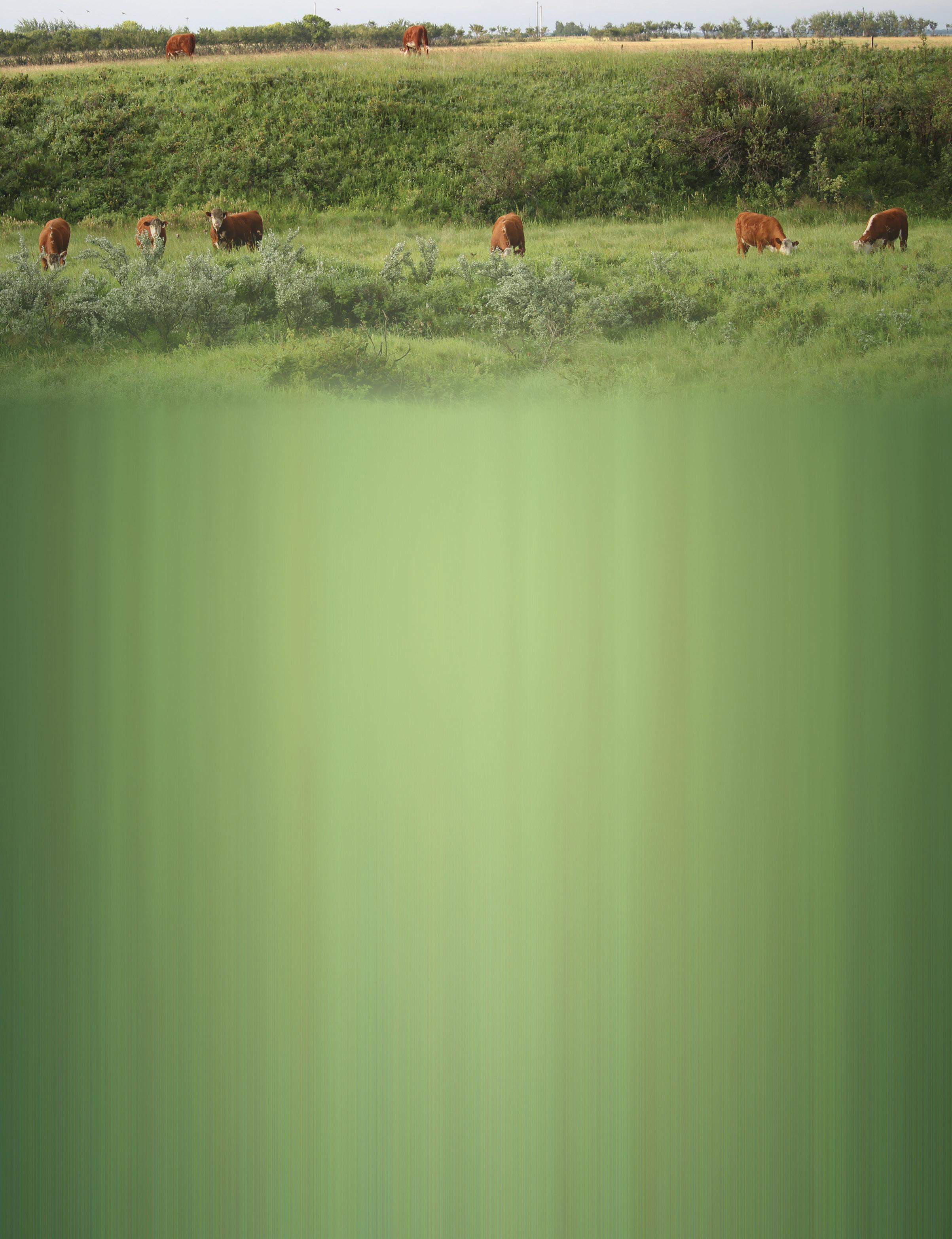
The graph below shows the feasible up-front investment for different herd sizes and cost saving levels. For example, if a 200-cow operation projects to save $20/ cow with an extended grazing season, an up-front investment of $20,000 would be feasible for a 5-year pay-off period. As herd size and cost savings from an extended grazing season increases, the budget increases.
Operations that do not have a water system can see extra benefit in this scenario with extra weaning weight.
Funding opportunities, such as OFCAF, can help producers finance the development and implementation of rotational grazing. It should be noted that each province has a different agency that is administering the rotational grazing funding and their coverage, requirements and application process differs. It is important for producers to contact their local delivery agent for details and assistance in developing their plan and application.

Thank you to the BCRC for allowing us to reprint this article. www. BeefResearch.ca









